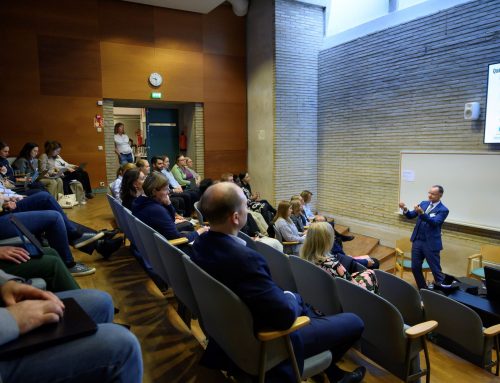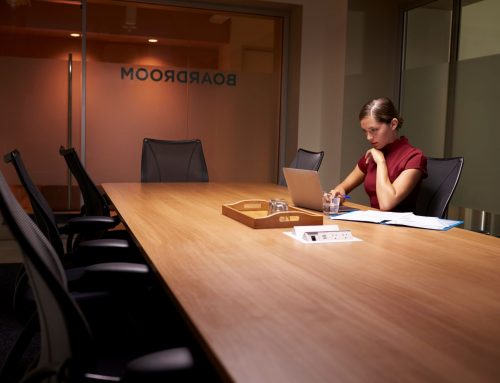The coronavirus pandemic has shown that it is possible to work from home five days a week. However, is that ideal? Continued restrictions and the risk of another wave of coronavirus infections could, in many ways, make the autumn at workplaces bleaker than in the spring.

In the spring, the situation with the coronavirus came as a surprise. The uncertainty was great, but unity was strengthened by all of us fighting the same enemy. Knowledge workers moved their offices to their homes and found new ways of working.
Many got used to remote working quickly. Some, however, have fought it from day one. Now, the summer is over and we are called upon to continue working from home. This is particularly onerous to those who already found it difficult from the start to adapt to working life without normal contact with colleagues.
A large number of the studies that have been carried out concerning remote working during the coronavirus pandemic show that remote workers have been more efficient. In August, The New York Times reported that 86 per cent of all knowledge workers have been satisfied with working from their homes. As many as four out of five do not want to return to the office full time.
Even in Finland, the vast majority have been positive about remote working, despite the fact that there are large differences, depending on life situations and individual preferences. Finland is known around the world as a country in which society and businesses are generally positive in relation to remote working.
In combination with our advanced technology, this resulted in our relatively smooth transition over night from the office to home. Generally, Finns are also very resilient. We get used to new situations quickly and get through challenges one way or another.
The question now is how long Finnish sisu (the term for the national spirit) will last. Are we beginning to feel overwhelmed by full-time remote work?
In our research at Hanken, we have sensed that more work groups are now starting to realise that it is more important than ever to build a working partnership where we care about the well-being of one another.
Emma Nordbäck
In this situation, the debate about the role of office landscapes is more of current interest than ever before. The balance between office and remote working is not new in itself. In the 2000s, an ever-increasing number of businesses began to support remote working, also globally. A little more than 15 years later, there was an interesting shift in that advocates of remote working, including IBM and Yahoo, suddenly called their employees back to the office. The reason was that more than productivity was needed. In order to guarantee progress, businesses need to be agile and innovative. It was argued that this requires us to work side by side, meaning in the office landscape.
When COVID-19 hit, the pendulum reversed, and thoughts about the reduced need for office landscapes occurred around the world. Already now, however, it is clear that businesses encountered pitfalls of various kinds. By way of example, it is mentally exhausting for employees to be in virtual meetings the whole day. It is challenging, virtually to integrate new employees into existing work groups. The current situation with constant remote working is not ideal.
If the spring and summer at workplaces were about quick adjustments and crisis management, the autumn will be about finding more sustainable solutions. In our research at Hanken, we have sensed that more work groups are now starting to realise that it is more important than ever to build a working partnership where we care about the well-being of one another.
There is more to it than individual productivity. The office will most likely retain its role also in the future, but we foresee a future with workplaces that reflect a hybrid model. The permanent balance between office and remote working will continue.
Emma Nordbäck, Assistant Professor, and Janne Tienari, Professor
Hanken




